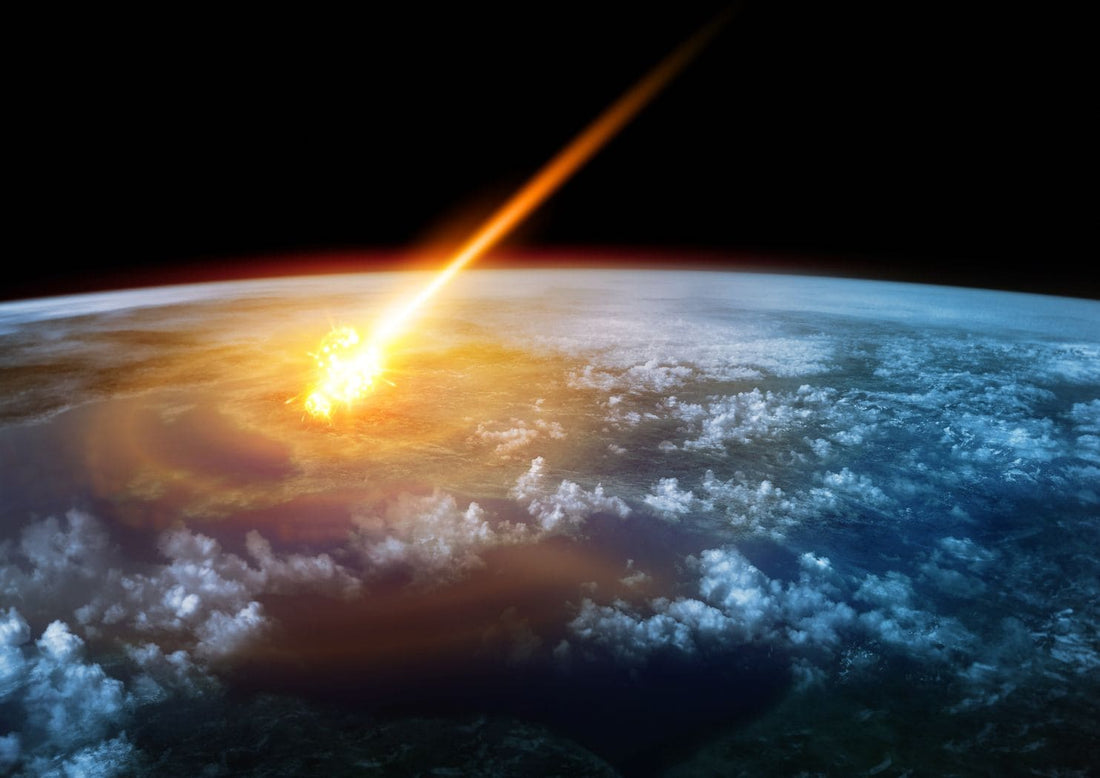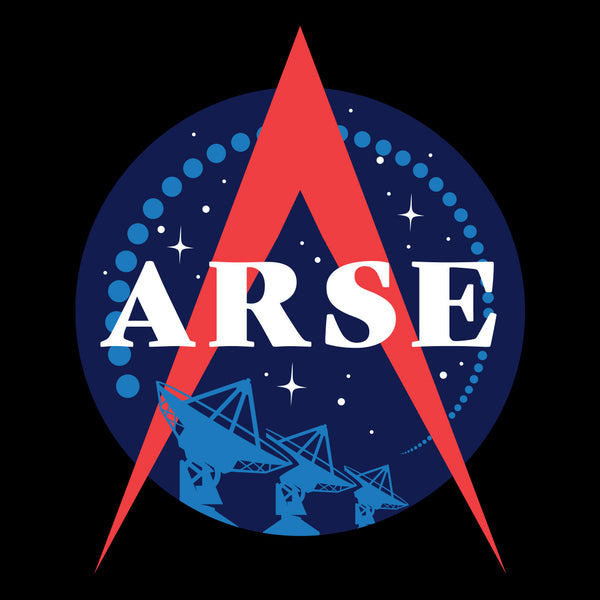
Manhattan? More like Man-Flatten.
Share
Asteroids, the only preventable natural disaster and one that has been immortalised in cult sci-fi films of the 90s.
But like the films where the antagonist is a rolling wrecking ball destined for Earth, we have measures in place to deter this type of threat.
But just how effective are they?

The world's space agencies converged and tested our ability to thwart an incoming asteroid from the deepest reaches of the unknown, and the results were not so good...
The test included a theoretical 60-metre asteroid named 2019 PDC travelling towards New York City (of course...) at speeds of 19km per second.
The impact is theorised to be 20 megatons or 1000x the payload energy of the Hiroshima bomb.
The experiment, named the IAA Planetary Defense Conference, ran for 5 days but extrapolated events over 8 years to simulate the time we could scramble our defences from the point of recognising the incoming object.

By the two year mark, NASA began reconnaissance to determine the size, orbit, and composition of the asteroid so we knew/know what we're up against.
By the five year mark, three probes were sent to collide with 2019 PDC successfully diverting its course, however, a 50 to 80-metre chunk broke away and resumed course toward Earth.
Washington considered nuclear options to neutralise the object but never gained traction due to political opposition.
The only option was to evacuate and the asteroid touched ground 8 years after the start date.

The chunk would still hit Manhattan with the potential energy of 5 to 20 megatons of energy and would flatten a 15km radius - destroying Manhattan - no survivors within 60km of the impact zone and causing economic damages in the trillions upon trillions of dollars.
Of course, the location of the impact contributes to this number and purposefully so, as the researchers wanted to assess the damages to something that could be considered "worst case scenario".
A densely populated hub of international economics.

An artists rendition of an asteroid vs Manhattan
Also, the asteroid could be far, far larger.
We are still unsure how long it would take to evacuate and how would we protect liabilities like nuclear facilities.
The take away from this experiment thus far, is that we are insufficiently efficient at strategising and creating a plan to minimise damage from a mid-to-small sized asteroid, even when we have close to a decade to prepare.
Remember to comment your thoughts and share to spread ARSE.
#Space_Aus
Want to learn more?
NASA, FEMA, international partners plan asteroid impact exercise
NASA/Jet Propulsion Laboratory, ScienceDaily, 2019




